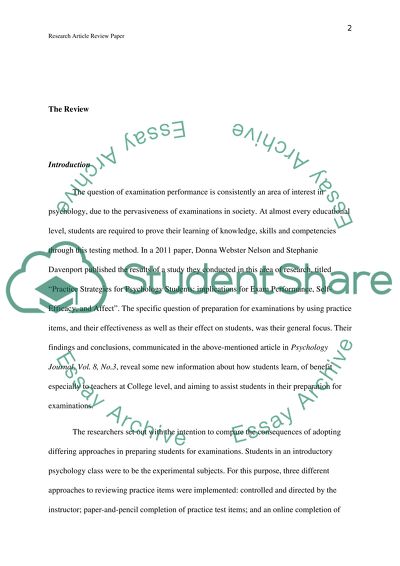Cite this document
(“Practice Strategies For Psychology Students - Implications For Exam Book Report/Review”, n.d.)
Retrieved from https://studentshare.org/psychology/1444731-practice-strategies-for-psychology-students-implications-for-exam-performance
Retrieved from https://studentshare.org/psychology/1444731-practice-strategies-for-psychology-students-implications-for-exam-performance
(Practice Strategies For Psychology Students - Implications For Exam Book Report/Review)
https://studentshare.org/psychology/1444731-practice-strategies-for-psychology-students-implications-for-exam-performance.
https://studentshare.org/psychology/1444731-practice-strategies-for-psychology-students-implications-for-exam-performance.
“Practice Strategies For Psychology Students - Implications For Exam Book Report/Review”, n.d. https://studentshare.org/psychology/1444731-practice-strategies-for-psychology-students-implications-for-exam-performance.


